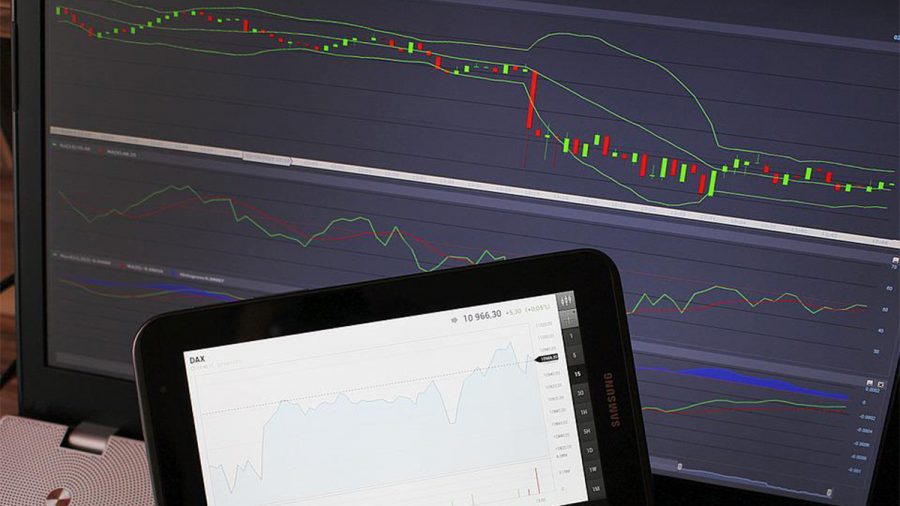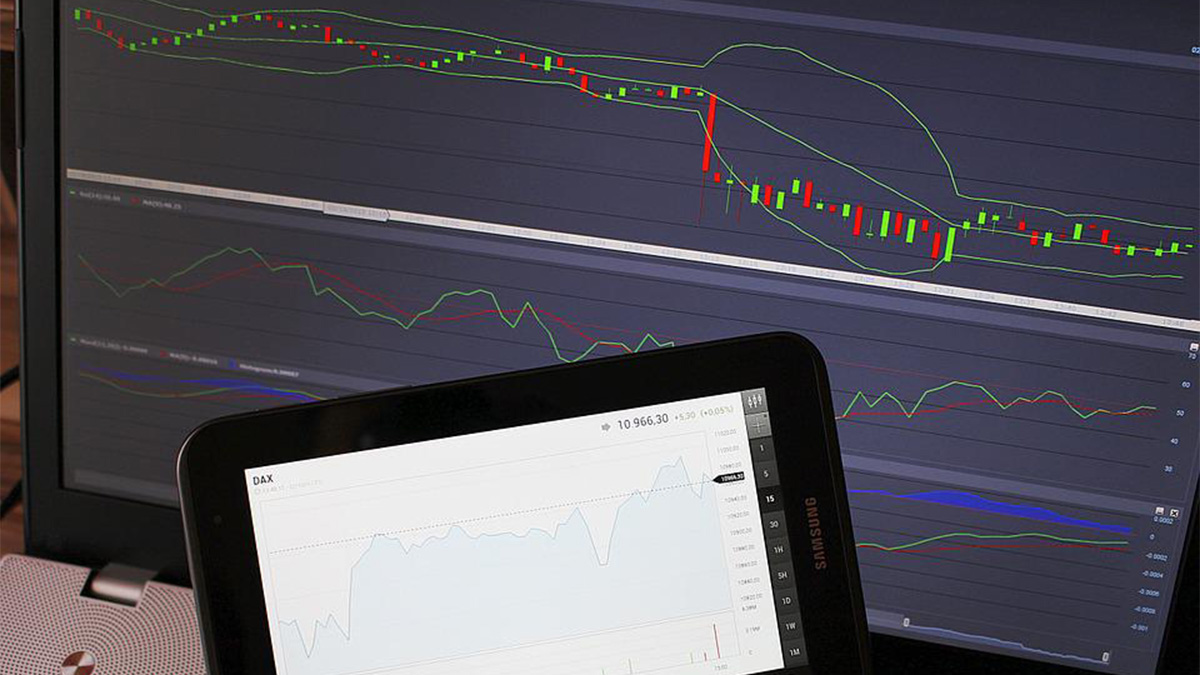
9 Terms Every Forex Broker Needs to Understand
To get into the world of forex trading, you will first require a credible broker. This broker has to be an expert in terms of knowledge, experience, and the links they have in the industry. There are certain terms that both trader and broker need to be aware of and understand in order to make […]

To get into the world of forex trading, you will first require a credible broker. This broker has to be an expert in terms of knowledge, experience, and the links they have in the industry. There are certain terms that both trader and broker need to be aware of and understand in order to make the experience a legitimate one, and this guide is here to explain the top ones.
What is a Forex Broker?
This is a profession. The role is in place to protect the platforms from being used irresponsibly and limit open access. The person in the broker position acts as a conduit between traders and banks in the interbank system. They have leverage and access to forex assets that they then offer to traders under their counsel. Just make sure the broker that you chose is fully regulated, otherwise, there is a chance they are acting illegitimately. You can do this by using a verified, credible platform. The best ones have all the resources needed, for example, you can download MT4 for pc and all transactions are 100% secure.
The Terms
Here are some terms you can expect to hear from your forex broker. It may feel like a lot to keep up with, so there is value in researching the jargon beforehand to stay ahead of the curve.
Currency Pair
Example: GBP/USD. As you can see here, currency pair refers to a pair of currencies that you are trading with. The whole point of forex trading is to predict the performance outcomes of the 180 currencies globally, so you will always be dealing with a currency pair while trading and the potential price difference between the two.
PIP
PIP is short for Percentage in Point. It is an acronym used to detail the changes in value between currencies.
Ask Price
This term refers to the trader’s monetary offer on a currency pair.
Bid Price
The price a trader sells a currency pair for.
Lot
A lot is the size of your trade. There are typically four different lot sizes to pick from, with standard being the most common.
- Standard: 100,000 currency units
- Micro: 10,000 currency units
- Mini: 1,000 currency units
- Nano: 100 currency units
Volume
As a trader, your volume is defined by the total amount of lots/trades.
Leverage
Leverage is a way to borrow money from the broker or trading capital to invest in something bigger. It is usually supported when the trade appears viable, and when implemented correctly can yield profitable returns. Too much leverage renders your trade ineligible and can put you in financial ruin before you’ve even begun. So it is an area to tread carefully in.
Go Long
To go long on a trade means you buy the first currency in the currency pair and sell the second.
Go Short
To go short on a trade means to buy the second currency of a pair and sell the first.
Conclusion
Any reputable forex broker will know this language off the top of their head, so to make smart trades and build trust in that relationship, a trader should learn it too.
By: Boris Dzhingarov
